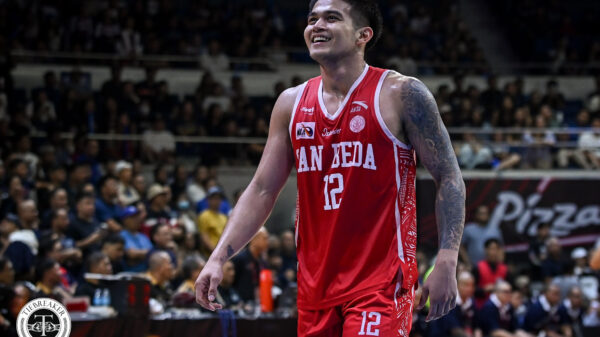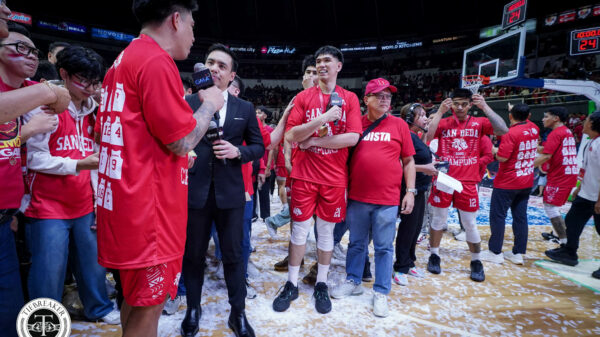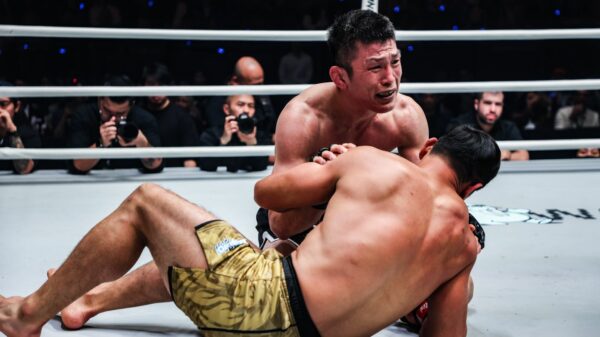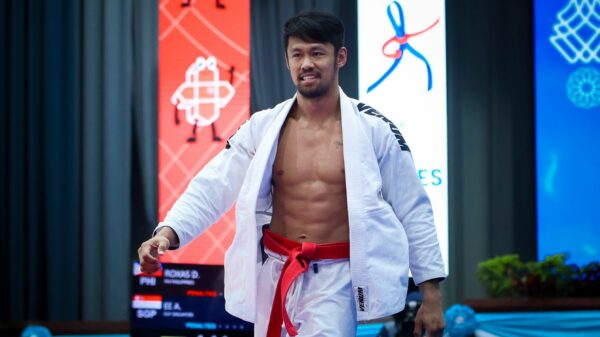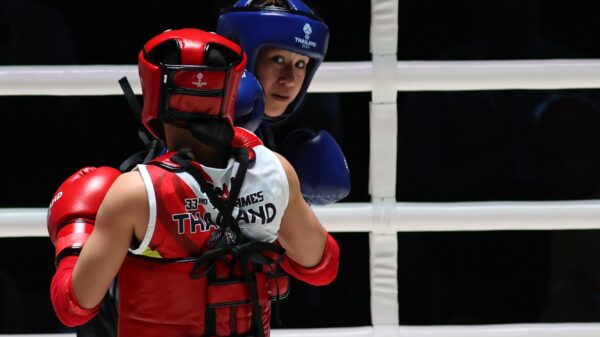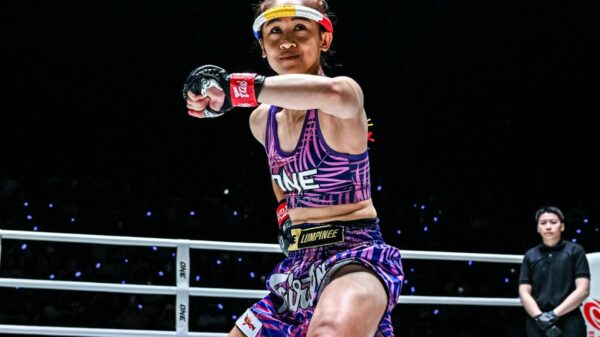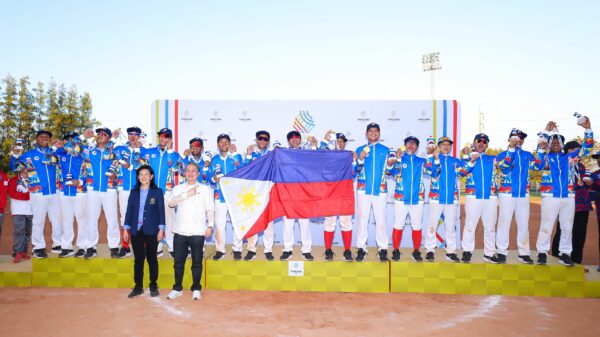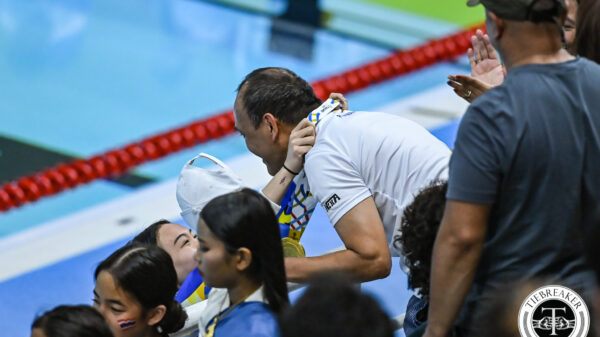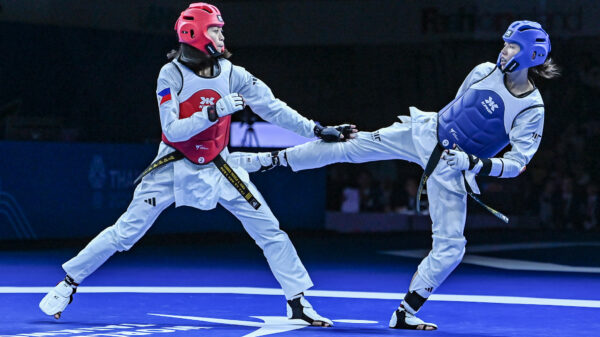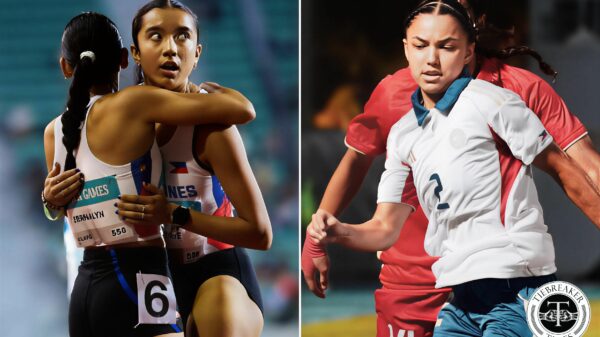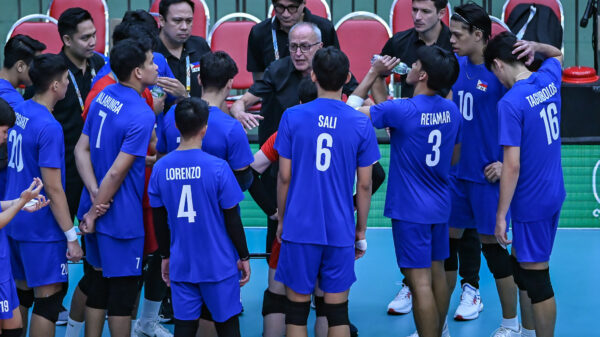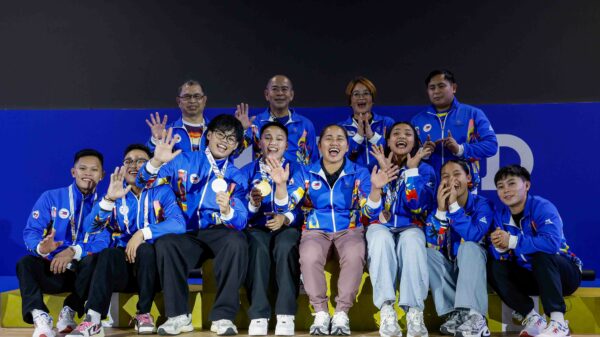The Phenom.
If there was one player who captured the hearts and imaginations of UAAP fans, it was Kiefer Ravena of the Ateneo Blue Eagles.
After suffering an early ankle sprain before the start of Season 76, Ravena never found his bearing, as he struggled to lead a young Ateneo squad to the Final Four. Ravena eventually missed 2 games while coming off the bench in 3 others, as he eventually finished with averages of just 12.7ppg, 4.7 rpg, 2.5 apg on 36.3% and 2.8 tpg.
Fast forward one year later and Ravena took his superstardom to an entirely different atmosphere. Just check out this stat line: 21.2 ppg, 5.9rpg, 5.6 apg, 1.5 spg, on 34.2% field goal shooting.
Without a doubt, it was one of the most impressive MVP-runs in recent memory. The fact that he did it while leading an undermanned and undersized team to the no.1 seed in the Final Four, while also hitting game-winners left and right, just added to the legend.
Of course, while there are those who worship Kiefer and will support him no matter what, there are detractors and critics who describe him as a ball-hog and a one-man show for the Hail Mary squad.
In order to get a clearer perspective of his season, a breakdown of his play and stat line are necessary.
How does he rank compared to recent MVP winners?
First, we will start with a short comparison to the last two MVPs – Terrence Romeo and Ray Parks Jr. – who also put up impressive numbers during their tenures at FEU and NU, respectively.
Below is a table comparing their per-30 minute stat lines (to account for different minutes played):
| MIN | USG% | EFG% | PPG | RPG | APG | SPG | TPG | |
| Ravena | 35.0 | 32.3% | 38.2% | 18.2 | 5.1 | 4.8 | 1.3 | 2.3 |
| Romeo | 31.1 | 37.1% | 43.9% | 21.1 | 6.1 | 3.8 | 1.5 | 3.1 |
| Parks | 33.7 | 31.9% | 44.5% | 19.0 | 6.4 | 3.9 | 1.3 | 3.5 |
*stats only cover elimination round games
Two of the reasons why Kiefer was able to produce this year was because
a.) he played the most minutes per game in the league by far, averaging 35 minutes per game translating
b.) a high usage rate of Ateneo’s offensive possessions.
This isn’t surprising. After all, why wouldn’t you want to play your best player as many minutes as possible and put the ball in his hands to make plays? That’s exactly what we saw in both Terrence’s and Ray’s MVP seasons as well.
On a per-30 minute basis though, it seems that Kiefer wasn’t as efficient scoring the basketball. He shot an effective field goal percentage of just 38.2%, at least five full percentage points below that of Parks and Romeo. He also scored just 18.2 points per game on a per-30 min basis, below both of his comrades.
The one thing he did do better though was being a play-maker. He averaged one full assist more than Romeo and Parks, while also turning the ball over just 2.3 times per-30. Considering that he was the lifeline of the Ateneo offense, that turnover rate is out-of-this-world.
Being aggressive – attacking the basket
 Despite shooting just 34.5% from the field, Ravena was still able to average 21 points per game due to his aggressive game that resulted in trips to the free throw line. Including drives where he passed the ball, Kiefer averaged roughly 10.7 finished drive plays per game.
Despite shooting just 34.5% from the field, Ravena was still able to average 21 points per game due to his aggressive game that resulted in trips to the free throw line. Including drives where he passed the ball, Kiefer averaged roughly 10.7 finished drive plays per game.
If you break this down to just drives where he attacked the basket, Ravena averaged 7.3 attacking drives. While his finishing rate on drives was just 32.9%, he did draw fouls on 27.5% of his drives. The only other player who can boast a high foul drawn on drives is his rival from DLSU, Jeron Teng.
This helped Ravena get some freebies at the line, along with allowing to both rest and gather his shooting rhythm. These are the small details that separated Kiefer from other “stars”.
Ball screens
As I pointed out in our Ravena-Teng post, another major component of Kiefer’s game is his use of the on-ball screen (pick & roll).
Over the course of the season, Ravena shot just 10/42 on finished pick & roll plays for a FG% of just 23.8%. This shouldn’t be too surprising – defenses were geared towards forcing Ravena to pass or take a tough shot and all he saw were tons of hard shows and traps all season long.
Isolation play
 I bet if you asked a casual UAAP fan whom he or she thinks is the best one-on-one player in the league, he or she would answer THE PHENOM without blinking.
I bet if you asked a casual UAAP fan whom he or she thinks is the best one-on-one player in the league, he or she would answer THE PHENOM without blinking.
For the most part, this would be true. But basketball is a team sport and defenses, the best ones at least, move in tandem and are a team affair. At the end of the season, Kiefer ended up finishing 15/65 on isolation 1-on-1 plays. Most of these resulted in off the dribble pull-up jumpers. What hurts most here was that he drew fouls at a rate of just 5.4% on these types of possessions.
This isn’t to say that Kiefer shouldn’t have gone 1-on-1 – he is obviously very talented. Over the course of the season though, his teammates became more and more reliant on him to create, sometimes causing them to stand and watch. With his teammates being stagnant, Ravena had no more choice but to go 1-on-1 at the end of the shot clock and force a tough contested jumper.
Looking ahead to Ravena’s finale
Now that he announced that he would be coming back next season (via Twitter, no less), there’s no doubt that Kiefer will bounce back even stronger. Coaches rave about his work ethic and desire to get better. The question is: how much higher can the King Eagle soar? Looking at his numbers, there’s still a lot of unfinished business for Ravena. On a personal level, I’m sure he will set goals to improve his finishing on pick & roll and isolation sets. On the team level, you can bet that Kiefer won’t settle for anything less than another Finals appearance.
See you next year Mr. MVP.











